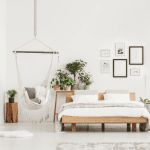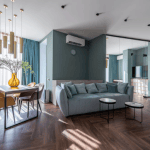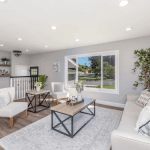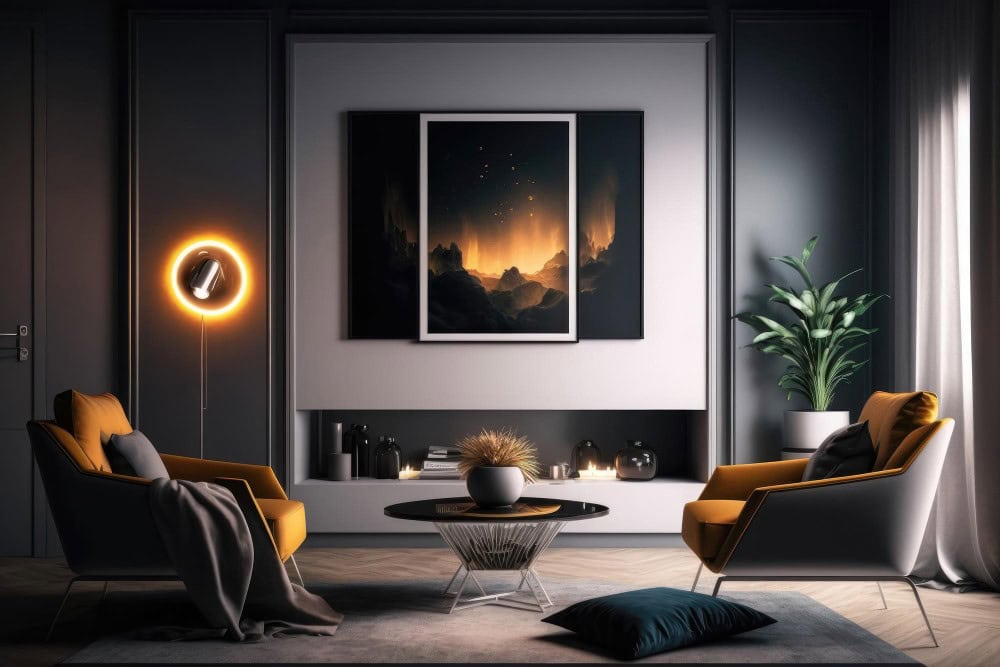
Minimalism in furniture design isn’t just a trend; it’s an ethos that emphasizes simplicity, functionality, and elegance. Rooted in the idea that less is more, minimalist furniture focuses on the essentials to create a serene and harmonious environment. This approach to design not only enhances the aesthetics of a space but also improves its usability. In this blog post, we’ll delve into the philosophy behind minimalist furniture design, explore its key characteristics, and discuss the benefits of adopting this style in your home.
The Philosophy Behind Minimalist Furniture Design
Minimalist design is predicated on the principle of stripping things down to their essential qualities to achieve simplicity. It has evolved through the years, drawing influence from various global cultures, notably Japanese Zen philosophy, which emphasizes the value of simplicity and emptiness in achieving inner peace. Similarly, Scandinavian design has contributed significantly to minimalist furniture with its focus on functionality, natural materials, and understated beauty. These influences have melded together to define modern minimalist furniture, which prioritizes space, light, and form.
Key Characteristics of Minimalist Furniture
The primary attribute of minimalist furniture is its simplicity in both form and function. This design philosophy eschews complex structures and decorations in favor of clean lines and a monochromatic color palette. Furniture pieces are often versatile and multi-functional, removing unnecessary elements that do not serve a practical purpose. The emphasis is on craftsmanship and enduring materials that stand the test of time both in style and durability.
In minimalist design, negative space—or the space that surrounds objects—is just as important as the objects themselves. This aspect of design helps to highlight the pieces that are present, creating a visually relaxing environment. The colors are typically subdued, relying on shades of white, black, and grey, which contribute to the overall calmness and cohesiveness of the space.
Benefits of Choosing Minimalist Furniture
Adopting minimalist furniture comes with numerous benefits. Aesthetically, it provides a space with a clean, organized look that can make even smaller rooms feel spacious and airy. The lack of clutter and streamlined forms reduces visual stress and creates a more tranquil living environment.
From a practical standpoint, minimalist furniture often requires less maintenance due to its simplicity and the quality of materials used. This makes it ideal for people who lead busy lives or prefer not to spend a lot of time on home upkeep. Furthermore, the focus on functionality ensures that each piece is not just decorative but also useful, which is particularly beneficial in smaller urban homes.
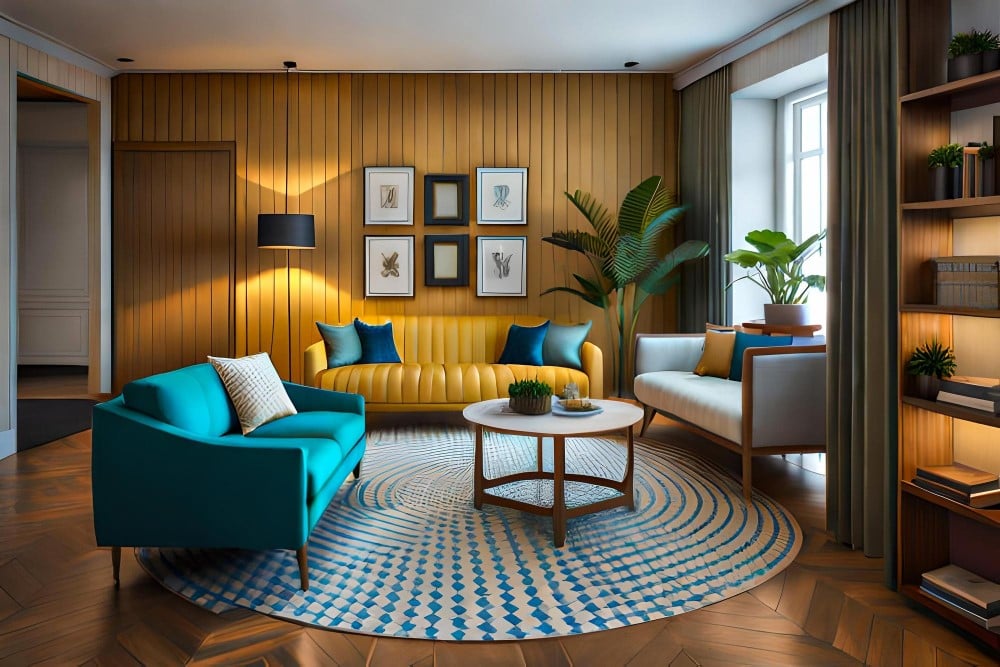
Design Elements in Minimalist Furniture
When it comes to materials, minimalist furniture typically features wood, metal, and glass, all known for their durability and ease of maintenance. These materials are often used in their most natural form to highlight their inherent beauty and quality. The finishes are generally matte or have a subtle gloss to maintain the understated look that is synonymous with minimalist design.
Textures in minimalist furniture are also key; they add depth and interest without overwhelming the senses. Fabrics, when used, are typically in natural fibers like linen or cotton, which complement the clean, crisp lines of the furniture. The integration of these elements ensures that while the furniture pieces are simple, they are far from boring.
How to Incorporate Minimalist Furniture in Your Home
Incorporating minimalist furniture into your home requires a thoughtful approach to balance functionality and style without making spaces feel empty or stark. Start by selecting pieces that truly fit the intended space and serve a purpose. Minimalist furniture often doubles as storage to reduce clutter, such as beds with built-in drawers or sleek, multi-functional tables. When choosing furniture, consider the scale of your room and opt for pieces that help maintain a sense of openness.
In living areas, a single large sofa or a pair of streamlined armchairs can anchor the room while maintaining clean lines. For dining areas, a simple, solid-colored table with matching chairs can offer both functionality and style without overwhelming the space. In bedrooms, consider a low-profile platform bed to emphasize spaciousness above all else.
Challenges of Minimalist Design and How to Overcome Them
One common challenge with minimalist furniture is the risk of creating an environment that feels too cold or impersonal. To overcome this, integrate elements that add warmth and texture. Soften the hard lines of minimalist furniture with plush rugs, cozy throws, and cushions in rich textures or soft pastels. Incorporating elements like wood with its natural warmth or plants can bring life and energy into the room, balancing the minimalism with touches of nature.
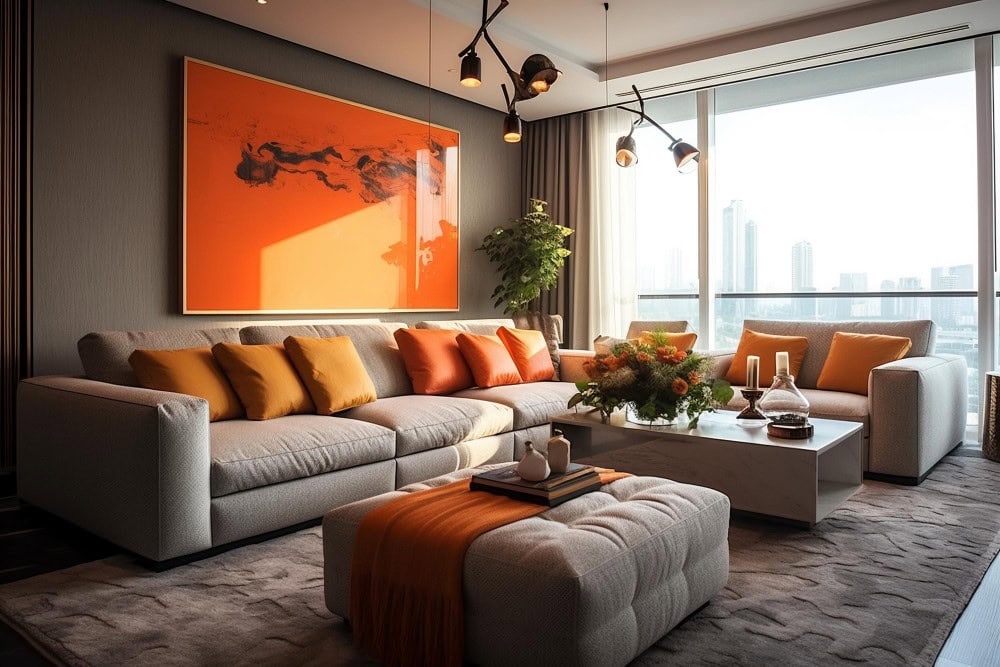
Spotlight on Minimalist Furniture Designers and Brands
There are several key figures and brands in the world of minimalist furniture that have made significant contributions. Designers like Dieter Rams and brands such as Muji are synonymous with minimalist design, emphasizing practicality without sacrificing beauty. Their work showcases how minimalist principles can be applied to create functional, beautiful furniture that stands the test of time. Exploring the collections of these designers can provide inspiration and insight into the subtle complexities of minimalist design. Their emphasis on quality materials and craftsmanship can help guide your own choices in furnishing your home in a minimalist style.
Conclusion
Minimalist furniture design is more than just an aesthetic choice; it’s a lifestyle decision that prioritizes simplicity, functionality, and elegance. By choosing minimalist furniture, you embrace a clutter-free environment that not only looks good but also promotes a sense of calm and order. This design philosophy can transform your home into a tranquil oasis where every piece of furniture serves a purpose and contributes to an overall sense of harmony.

